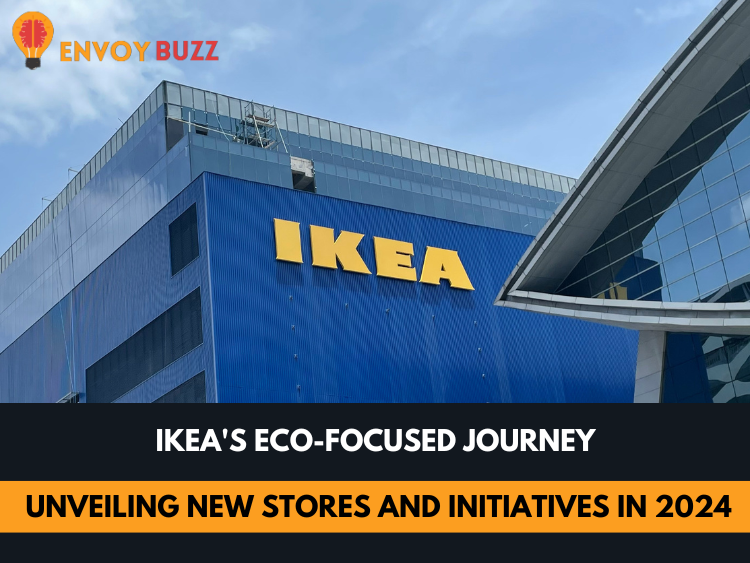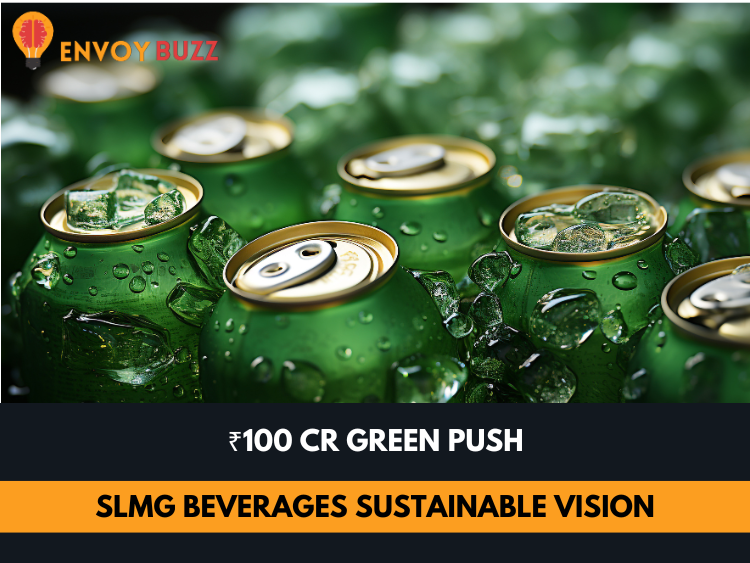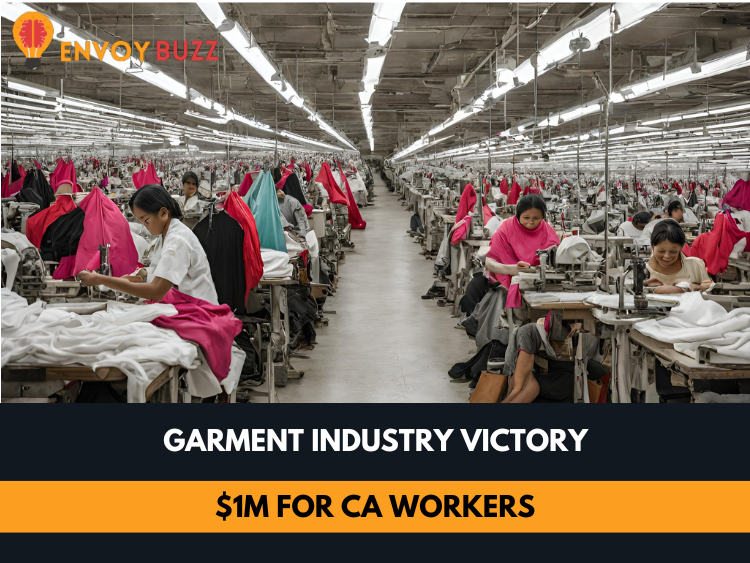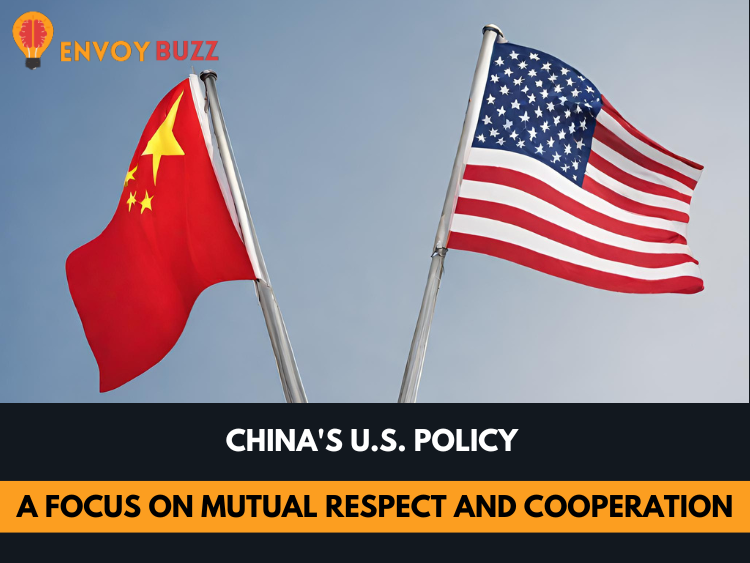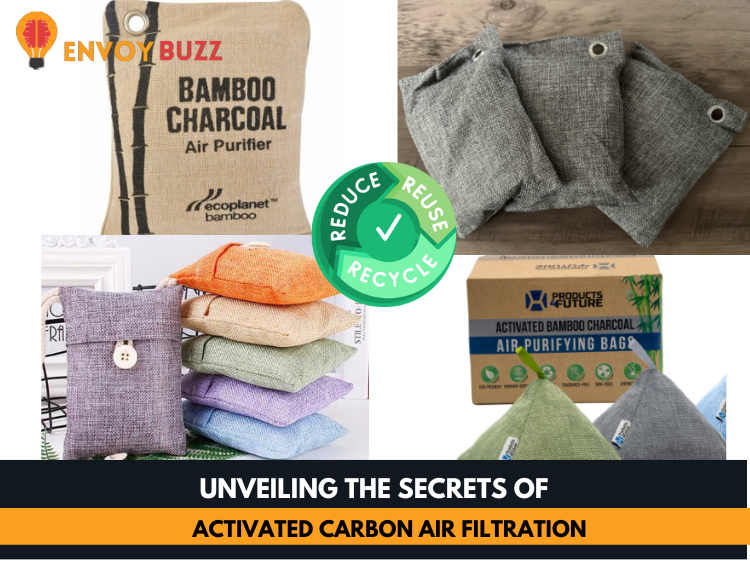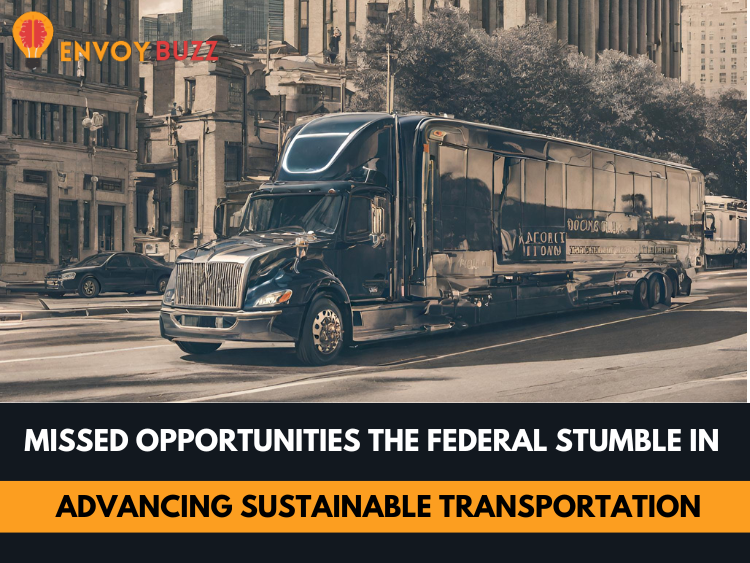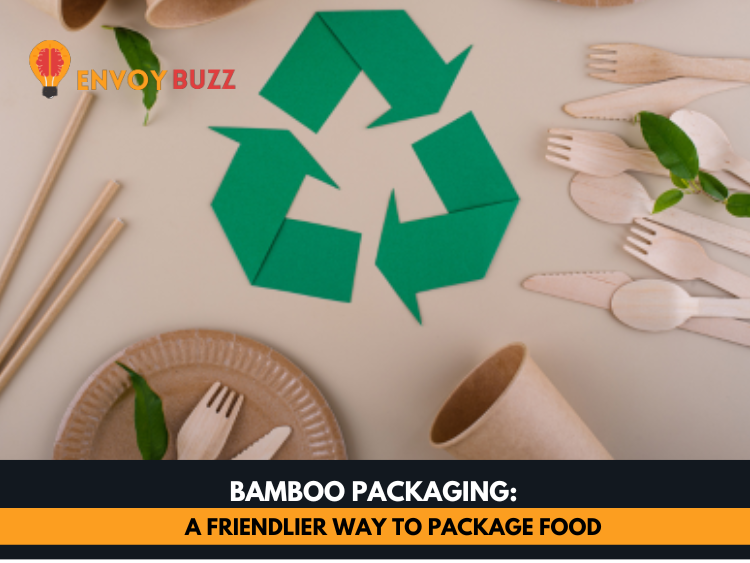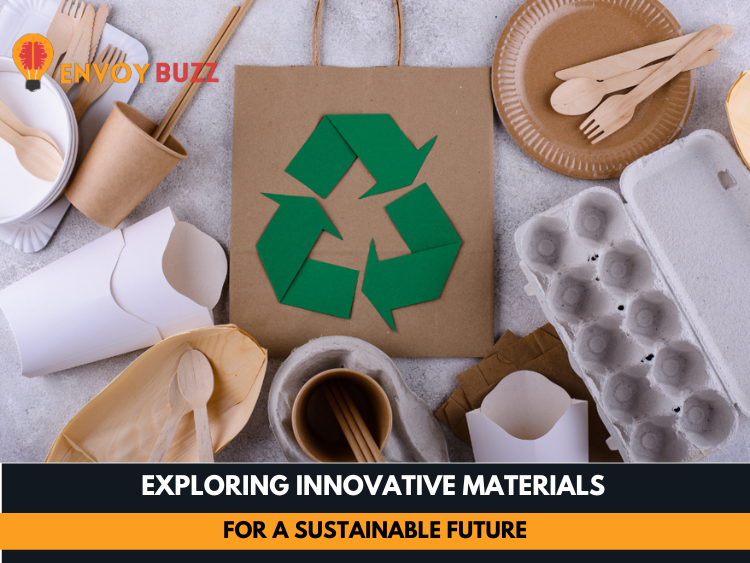In pursuing a healthier living environment, the demand for effective air purification solutions has witnessed a surge. Among the various technologies available, activated carbon air filters have emerged as a powerful player in the quest for cleaner air. Let’s delve into the intricacies of these filters, exploring their composition and how they contribute to a fresher indoor atmosphere.
Understanding Activated Carbon Air Filters
Activated carbon, derived from materials like bamboo, is treated to create a porous structure, increasing its surface area for adsorption. This unique structure allows activated carbon to capture and trap a wide range of impurities and pollutants present in the air. Commonly used in air purifiers, activated carbon filters excel at eliminating odors, volatile organic compounds (VOCs), and other harmful substances.
Sustainable Wonder: The Eco-Friendliness of Bamboo Charcoal Air Purifier Bags
As the world embraces sustainable living practices, the spotlight turns to eco-friendly air purification solutions. Bamboo charcoal air purifier bags have gained popularity as a green alternative to traditional filters. Harvested from the rapidly renewable bamboo plant, these bags offer a sustainable and biodegradable option for those seeking to reduce their environmental footprint.
Why Bamboo?
Bamboo’s rapid growth makes it an ideal source for charcoal production, as it can be harvested sustainably without causing deforestation. Choosing bamboo charcoal air purifier bags aligns with eco-conscious values, providing an effective solution without compromising the planet’s well-being.
Renew, Reuse, Refresh: The Recharging Potential of Bamboo Charcoal Air Purifier Bags
One of the unique features that sets bamboo charcoal air purifier bags apart is their recharging capability. Unlike disposable filters, these bags can be rejuvenated, extending their lifespan and economic viability. To recharge, place the bags in direct sunlight for a few hours. This process releases the captured impurities, allowing the charcoal to adsorb new ones effectively.
Economic and Long-Lasting
Investing in bamboo charcoal air purifier bags not only contributes to environmental sustainability but also proves economical in the long run. The ability to recharge the bags extends their usage, reducing the frequency of replacements and minimizing waste.
Breathing Easy: The Non-Toxic Assurance of Bamboo Charcoal Air Purifying Bags
Concerns about indoor air quality often led individuals to seek air purifiers. However, the safety of these devices is a paramount consideration. Bamboo charcoal air purifying bags offer a non-toxic and chemical-free solution to address such concerns.
Safe for All Ages
Whether in homes with children or spaces inhabited by pets, bamboo charcoal air purifier bags provide a safe and gentle solution. Free from harmful chemicals, these bags offer peace of mind for families looking to create a healthy living environment.
Charcoal Magic: The Science Behind the Efficacy of Air Purifiers
The effectiveness of air purifiers, especially those employing activated carbon filters, is a common question. Scientifically, charcoal air purifiers work through a process known as adsorption, where impurities adhere to the porous surface of the charcoal. This mechanism ensures the removal of pollutants from the air, leading to a noticeable improvement in indoor air quality.
Addressing Common Concerns
While some skeptics may question the efficacy of charcoal air purifiers, numerous studies and real-world applications attest to their success in reducing airborne contaminants. The key lies in understanding the specific needs of your living space and choosing an air purifier that aligns with those requirements.
The advantages of incorporating bamboo charcoal bags into your living space extend beyond merely freshening the air. Let’s explore five remarkable benefits that make these bags a valuable addition to any home or office.
1. Odor Elimination: Bamboo charcoal is renowned for its exceptional odor-absorbing properties. Whether combating kitchen smells, pet odors, or musty closet air, these bags act as natural deodorizers, leaving your space smelling fresh and clean.
2. Moisture Control: Beyond odors, bamboo charcoal excels at regulating humidity levels. Placing these bags in damp areas like bathrooms or basements helps prevent mold and mildew growth, creating a healthier environment.
3. Allergen Reduction: By capturing allergens such as dust mites and pet dander, bamboo charcoal bags contribute to allergy relief. This makes them an excellent choice for households with allergy sufferers.
4. Chemical Absorption: Volatile organic compounds (VOCs) released by household items can contribute to indoor air pollution. Bamboo charcoal efficiently adsorbs these harmful chemicals, promoting a safer and healthier indoor atmosphere.
5. Energy-Efficient: Unlike electric air purifiers that consume energy, bamboo charcoal air purifier bags require no electricity to operate. This makes them a sustainable and cost-effective choice for eco-conscious individuals.
Showdown: Bamboo Charcoal vs. Other Carbon Air Filters
When considering air purifiers, choosing between bamboo charcoal and other carbon filters is crucial. Let’s compare the qualities of bamboo charcoal to alternative carbon air filters, shedding light on what sets bamboo apart in the realm of air purification.
1. Sustainability: Bamboo charcoal takes the lead in sustainability, owing to bamboo’s rapid growth and renewability. Traditional activated carbon may come from less sustainable sources, contributing to deforestation.
2. Reusability: The recharging capability of bamboo charcoal air purifier bags sets them apart. While some carbon filters are disposable, the ability to refresh bamboo charcoal bags makes them a more economical and environmentally friendly choice.
3. Versatility: Bamboo charcoal’s versatility shines in its ability to address various air quality concerns, from odors to moisture control. Other carbon filters may specialize in certain areas but lack the comprehensive benefits of bamboo.
4. Environmental Impact: Bamboo charcoal production has a minimal environmental impact compared to traditional carbon filters. Harvesting bamboo promotes sustainability and biodiversity, making it a greener choice.
Practical Wisdom: Tips for Maximizing Bamboo Charcoal Air Purifiers
As we conclude this exploration of bamboo charcoal air purifiers, here are some practical tips to ensure you make the most of these eco-friendly solutions in your living space:
1. Placement Matters: Strategically place bamboo charcoal bags in areas prone to odors, moisture, or pollutants. Common locations include closets, bathrooms, kitchens, and near pet areas.
2. Regular Recharging: Make it a routine to recharge your bamboo charcoal bags. Place them in direct sunlight every few weeks to refresh their adsorption capacity and extend their lifespan.
3. Consider Room Size: Match the size and number of bamboo charcoal bags to the dimensions of the room. Larger spaces may require multiple bags for optimal air purification.
4. Monitor Allergen Levels: If allergies are a concern, regularly monitor indoor air quality and consider additional air purifiers if needed. Bamboo charcoal bags can complement other filtration systems for enhanced results.
5. Embrace a Sustainable Lifestyle: Extend your commitment to sustainability by incorporating bamboo products into various aspects of your life. From furniture to utensils, bamboo offers eco-friendly alternatives that contribute to a greener planet.
In conclusion, bamboo charcoal air purifiers stand as a testament to the marriage of technology and sustainability. These bags offer an eco-friendly solution to the ever-growing concern of indoor air quality, ensuring that you and your loved.
For more blogs, please visit Envoybuzz

